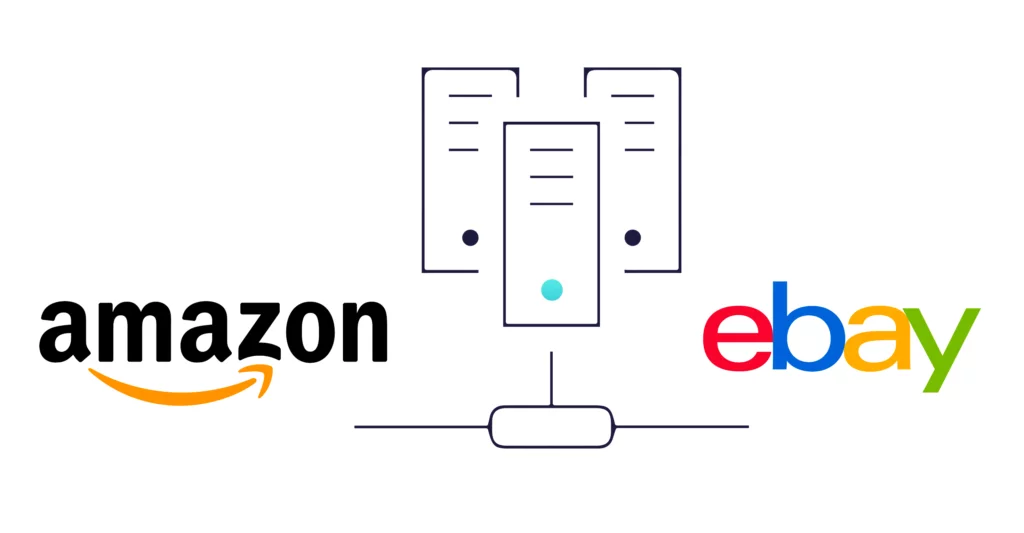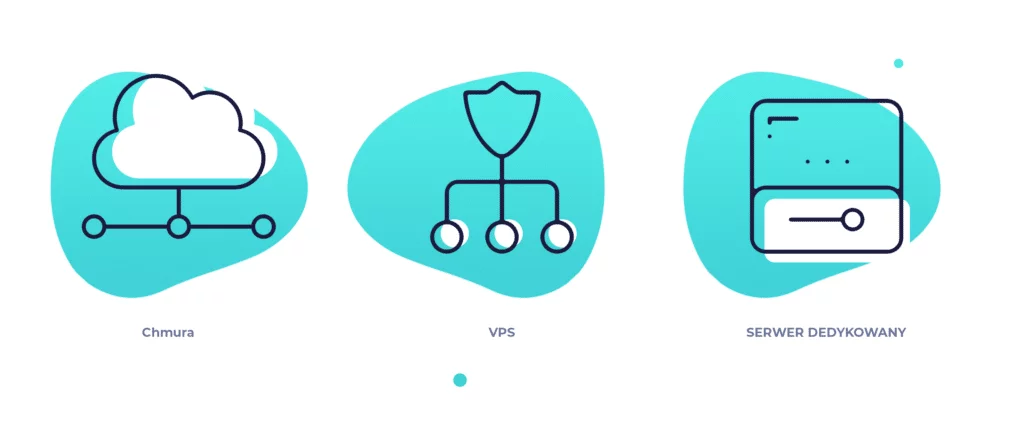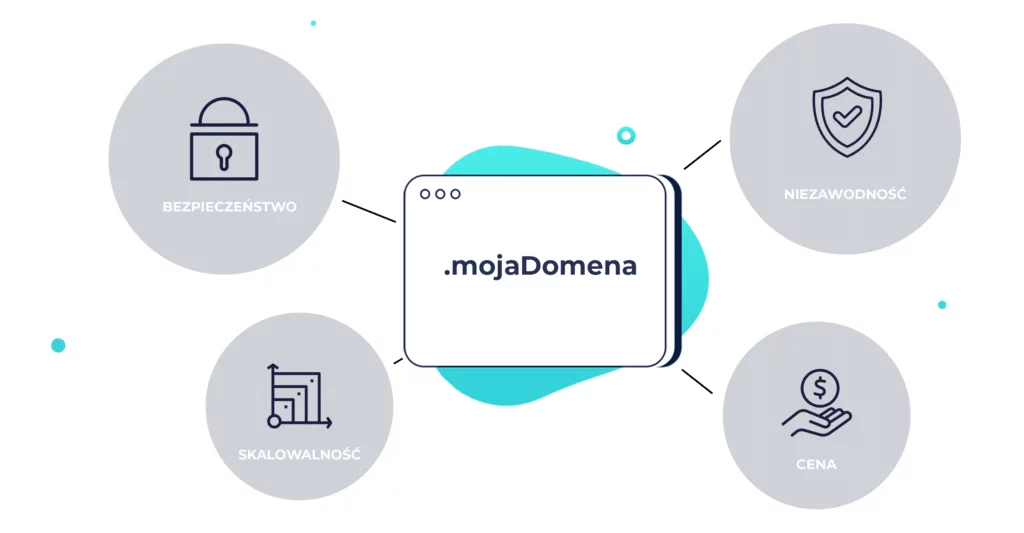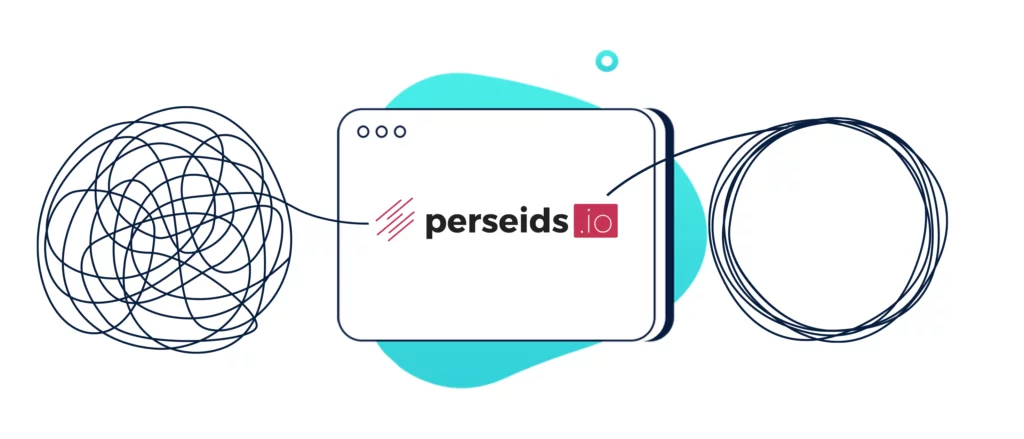The Internet domains are already 36 years old. Discover their history.

The first were numbers, but not prime numbers
Before the first domain was created, in order to access a website, you had to enter a sequence of 11 digits. The problems with using such a system are probably obvious to everyone (except Rain Man). Imagine using this method nowadays - remembering an 11-digit sequence for all 99 websites you visit daily definitely does not sound user-friendly, and besides, numerical addresses often changed, which limited the functionality of this solution. Fortunately, a few smart people also came to the conclusion that the numerical addressing system needed serious changes, so a symbolic addressing system (very similar to today's) based on the HOSTS.TXT file was introduced. This system worked well until the number of connected computers reached several hundred, but eventually the HOSTS.TXT system also needed to be changed. To avoid problems with excessive network and server load caused by a large number of connected users, work on a new system - DNS (Domain Name System) began in 1983. One of the key assumptions of the new system was a hierarchical data structure, which allows both data decentralization and management. The system's coherence, high performance, and degree of resilience were ensured. This was achieved by managing data where it is created, as well as through mechanisms for replication and buffering. In combination with the client-server mode of operation, full scalability of the system was achieved.

In January 1985, top-level domains such as .com, .gov, and .edu were defined, and then the first address nordu.net was launched (although it was never registered, so the honor of being the first registered domain goes to symbolics.com). This address was used to launch the server of the Nordic Infrastructure for Research & Education organization to facilitate collaboration between scientists in Scandinavian countries.
The beginning of the era of internet domains
On March 15, 1985, Symbolics Incorporated registered the first commercial internet domain, symbolics.com. A year later, domains of technological giants such as Xerox.com, Hp.com, and Ibm.com appeared. The following year, Apple.com joined, while Microsoft only joined after 5 years, in 1992. In the 90s, Yahoo.com and Google.com also joined the group of "dot-coms," in 1995 and 1997, respectively.
The Polish top-level domain appeared in 1991, when Jan Sorensen, the head of the Computer Center of the University of Copenhagen, added the .PL domain to the DNS system. The first registered business domain in Poland is considered to be computerland.pl, created in 1994."
The commercialization machine of the Internet
In 1992, Network Solutions was the only company that applied for a grant from the National Science Foundation for further development of domain name registration services on the Internet.
In 1993, Network Solutions obtained an exclusive agreement with the NSF to be the sole registrar of top-level domains: .com (commerce), .net (network), and .org (organization). Network Solutions also maintained a central database of assigned names called WHOIS.
In May 1993, Network Solutions was the only bidder for a one-year contract worth $5.9 million, commissioned by the National Science Foundation to manage domain name registration on the Internet. This led to the privatization of the domain name system.
In March 1995, after being acquired by Science Applications International Corporation (SAIC) for $4.7 million, NSF authorized Network Solutions to charge fees for domain name registration.
Network Solutions imposed a fee of $100 for a two-year registration. 30% of this revenue went to the NSF to create the "Intellectual Infrastructure Fund."
In 1997, a lawsuit was filed accusing Network Solutions of violating antitrust laws regarding domain names. The court ruled it was illegal taxation, and as a result, the 30% fee that went to NSF was abolished, and the price of domain name registration dropped to $70 for 2 years.
1990s: the golden era of domains
Although most of the Silicon Valley tech giants saw the potential of the new Domain Name System (DNS), they did not fully utilize its possibilities. A few visionary entrepreneurs with a knack for business saw the potential of the new system and used it to build their empires. In my opinion, one of the best examples of a company that took advantage of this new trend in IT is Amazon.com, founded in 1994 by Jeff Bezos.
The popularity of the "new Internet" among ordinary people grew at an astonishing pace, and as a result, the number of potential customers interested in online shopping continued to increase. It was precisely here that Jeff Bezos saw the potential of a new type of business- e-commerce, and fully utilized it.
Although there are many reasons for Amazon's success, it is thanks to the DNS system that it was able to exist at all. DNS provided the possibility of building complex websites with a large number of subpages offering products that could be easily and conveniently navigated.
Today, Amazon is the world's largest online store with a market value of $810 billion and the second-largest employer in America, while Jeff Bezos is the world's richest person with a fortune of $190 billion!

The second example of vision in utilizing the opportunities offered by the domain system is one of the pioneers of e-commerce - eBay.com
In September 1995, Pierre Omidyar launched the first auction platform - AuctionWeb, which became the first internet platform enabling transactions between individuals. In 1997, the name was changed to eBay.
Currently, eBay is valued at $40 billion, and Pierre at $17 billion.
Here Comes the Boom
The dot-com boom began in 1995 with the release of the new Windows '95 and the launch of the first version of Netscape's new web browser. In the second half of the 1990s, new websites were popping up in the United States like mushrooms after the rain, and new millionaires were being made every day in Silicon Valley..
The success of the Netscape browser, the rapid development of the Internet, and the low interest rates of the late 90s led many investors to invest in internet companies. Large investments by venture capital funds, which entrusted their capital to inexperienced people without checking business plans or verifying financial results, relying only on "internet business ideas," caused stock prices to soar to gigantic proportions.
At the beginning of 2000, the bubble burst, practically wiping out many internet companies from the stock market. Record drops in stock prices (e.g. Microstrategy from $3,500 to $4 per share, Yahoo from $118 to $4 per share) caused panic on the stock market and plunged the internet industry into a slump for several years. A few companies survived the crisis and developed in the later period, such as Google, eBay, Oracle, Microsoft, Amazon; they are now leaders in the internet sector and globally recognized companies.
How to build a valuable website today?
In the past, it was enough to register a domain and wait a few years to earn millions (e.g. Business.com - $345 million, LasVegas.com - $90 million, Carinsurance.com - $49.7 million).
Today, it's not that easy, but it's definitely possible to build a valuable internet domain from scratch, especially in the area of e-commerce or other business branches.
Choosing a domain name is the first step
When creating a website, the first thing we should do is register a domain name. However, it is not worth rushing into it because the name should be well thought out and analyzed. Most importantly, the chosen name has an impact on the website's positioning and the business's recognition. Additionally, changing a domain name is time-consuming and quite complicated.
The second thing we should not do is use an EMD (Exact Match Domain) in the domain name, meaning using keywords as the name, for example, cheapestlaptopsandcomputers.com.
Such a domain name may seem like a good idea (and it was until Google changed its algorithms in 2012), but now such websites have significantly dropped in search results and are treated as spam by the Google search engine. There is an exception to this rule, namely if the keyword name is justified by the business, such as websites of newspapers or TV stations.
Find the right "home" for your website
After registering your domain, you need to connect it to a server on the Internet. There are several options to choose from:
- Cloud
- VPS
- Dedicated server

A physical server is the basic element of any service in a data center. Regardless of the size or type of environment, physical machines always form the foundation.
When choosing the most appropriate solution for our website, we need to take into account several factors:
- Security
- Reliability
- Scalability
- Price

Cloud hosting
This is one of the most advanced technologies that outperforms traditional hosting in every aspect.
Cloud hosting is a set of services based on virtualization, similar to VPS, and is based on the uniform and synchronized work of multiple physical servers.
The biggest advantages of cloud hosting are:
- high flexibility
- scalability
- reliability,
- redundancy
That's why the cloud is an ideal solution for e-commerce. If you are interested in moving your e-commerce to cloud hosting, be sure to check out Perseids.io.
VPS
For projects that do not require a lot of power, a VPS (Virtual Private Server) is a good solution. Using special software, many fragments are extracted from a powerful physical server through virtualization. Each fragment is a separate server, and resources are shared in an optimal way for each user. Users sharing the same physical machine do not have the possibility to use or damage the resources of other users. This solution is only suitable for simple applications or stores, as using a VPS server excludes the possibility of scaling the server when the need arises.
Dedicated Server
A dedicated server is a physical machine similar in structure to a computer (a computer can also be a server). A dedicated server is physically separated from other machines. Hosting company server rooms or data centers are built with a large number of physical servers. This solution is the most complex (requiring the largest amount of administrator work) and does not allow for easy redundancy. Dedicated servers also do not have the ability to scale, and changing parameters often requires migration to a new server.
This solution is often chosen because of its seemingly better cost-effectiveness - Seemingly, because a dedicated server with given parameters will be cheaper than Cloud hosting, but only until a parameter change is needed. Then, server migration to another unit can cause a long downtime in the application, which will be preceded by many hours of work and environment preparation.

If you are not sure which of these solutions will be best for you, take advantage of the free consultation at Perseids.io.
What's next?
I have described only the basic steps that need to be taken to create your own website. Depending on your needs, you can perform additional actions that will make your website stand out from the competition. It is worth considering SEO (your website will appear higher in search results), internet marketing, such as Google Ads, and implementing free tools to analyze user behavior, such as Google Analytics or HotJar.